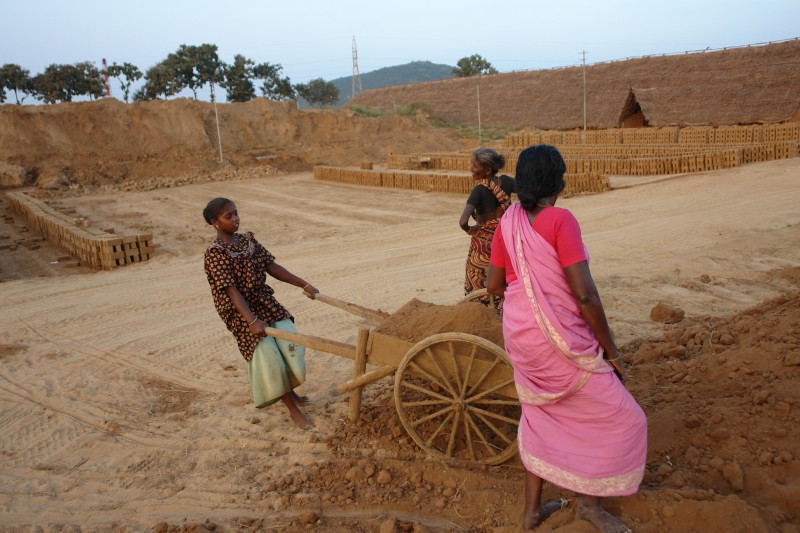Reported by
An estimated 50 million people worldwide are currently trapped in modern slavery, including forced labor and forced marriage, according to a new report released this week by the Global Commission on Modern Slavery and Human Trafficking.
The report, launched at United Nations headquarters in New York, highlights that despite international efforts to combat human trafficking, modern slavery remains widespread across the globe. Of the estimated victims, 28 million are subjected to forced labor, while 22 million are in forced marriages.
Women and girls account for 54% of all victims, and more than 12 million — roughly one in five — are children, the report found.
Technology has fueled the crisis by offering traffickers new tools to exploit victims, the commission said. Fake job advertisements on employment websites, job boards, and social media are commonly used to lure individuals into situations where they are kidnapped and forced into labor or sexual exploitation.
“Social media has become a marketplace to identify, target, recruit and exploit people,” the report noted, adding that encrypted communications and cryptocurrency transactions are increasingly used to obscure traffickers’ identities and financial trails.
The economic impact of modern slavery is staggering. According to the International Labor Organization (ILO), human trafficking and forced labor generate at least $236 billion in profits annually — income that the agency says is “effectively stolen from the pockets of workers through coercive practices.”
Organized crime networks play a central role in human trafficking operations, acting as what the report describes as the “key political-economic mediator” of the criminal market. These groups are responsible not only for managing slave labor operations but also for abducting and relocating victims across borders, the commission said.
The report outlines stark regional differences in trafficking patterns and victim demographics. In the Gulf Cooperation Council (GCC) countries, 43% of identified victims are of South and East Asian origin. In both North and South America, around three-quarters of trafficking victims were trafficked within the region.
In Africa, forced labor made up more than half of detected trafficking cases, with children comprising the majority of victims. In sub-Saharan Africa, 42% of victims were girls. In North Africa, child victimization was more evenly distributed between boys and girls, though 18% of cases involved “other purposes,” such as child begging.
In the Americas, sexual exploitation was the most prevalent form of trafficking, accounting for more than 50% of detected cases, predominantly affecting women and girls.
“The scale of suffering caused by contemporary forms of slavery is reminiscent of the genocides of the last century,” said Nasreen Sheikh, a commission member and anti-slavery advocate. “The world cannot stand by and watch while millions endure such abuses. Faceless casualties are generated every day through the purchasing decisions of unconscious consumption, and the blind eyes of a global economic system.”
The commission called on United Nations member states without domestic anti-trafficking legislation to adopt appropriate laws to meet their international obligations. It also urged countries with inadequate legal frameworks to revise and strengthen them.
The report is part of a broader campaign to eliminate slavery and human trafficking by 2030.






